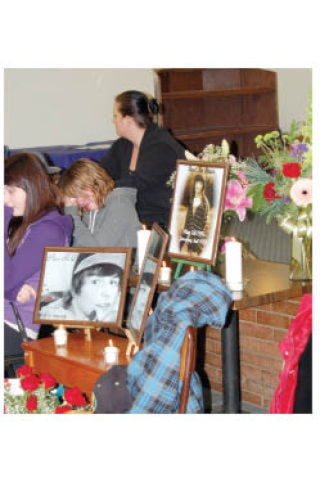IT’S TOO early to say whether a coroner’s inquest into the death of Brad Levesque will take place but the coroner’s investigation is well underway.
“All I get involved in is the investigation part and there is no indication at this point that it would become an inquest because inquests nowadays are almost exclusively reserved for deaths in police custody or high profile public deaths. I don’t know that this qualifies [as a high profile public death,]” said local coroner Art Erasmus.
He does not make the decision to hold an inquest; rather the BC Coroner’s Service head office makes that determination, said Erasmus.
The coroner’s report, which Erasmus is working on, will not be finished until the conclusion of the police investigation, and toxicology, pathology and autopsy results are determined as they all form part of his report.
Local coroners are asked to have their reports finished in four-and-a-half months but the release of a public coroner’s report for a child – that’s anyone under age 19 – has taken up to a year in the past.
That’s because a child’s death is looked at with more scrutiny than an adult’s death.
A coroner’s inquest is similar to a coroner’s investigation except it’s in a public forum so it’s open, explained Erasmus.
Coroners inquests are formal court proceedings with a five-person jury, held to publicly review the circumstances of a death, according to the BC Coroners Service website.
The jury hears evidence from witnesses under subpoena in order to determine the facts of the death.
The presiding coroner is responsible to ensure the jury maintains the goal of fact finding, not fault finding.
An inquest is held if the coroner determines that it would be beneficial in addressing community concern about a death, assisting in finding information about the deceased or circumstances around a death, and/or drawing attention to a cause of death if such awareness can prevent future deaths.
Upon conclusion, a written report, the Verdict at Inquest, is prepared.
It includes the classification of the death – natural, accidental, suicide, homicide or undetermined – and whenever possible, recommendations from the jury on how to prevent a similar death.
